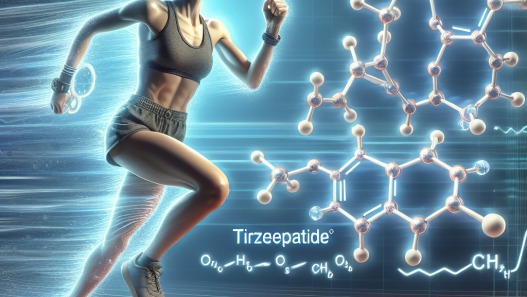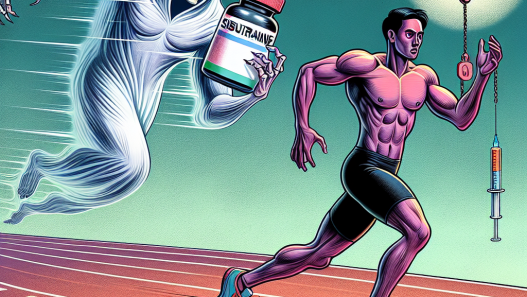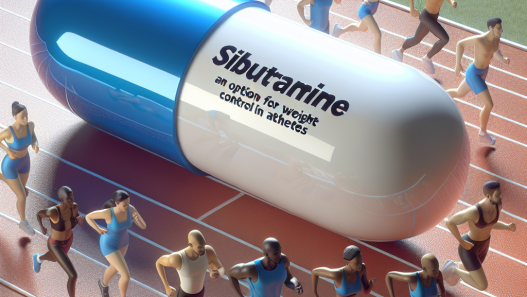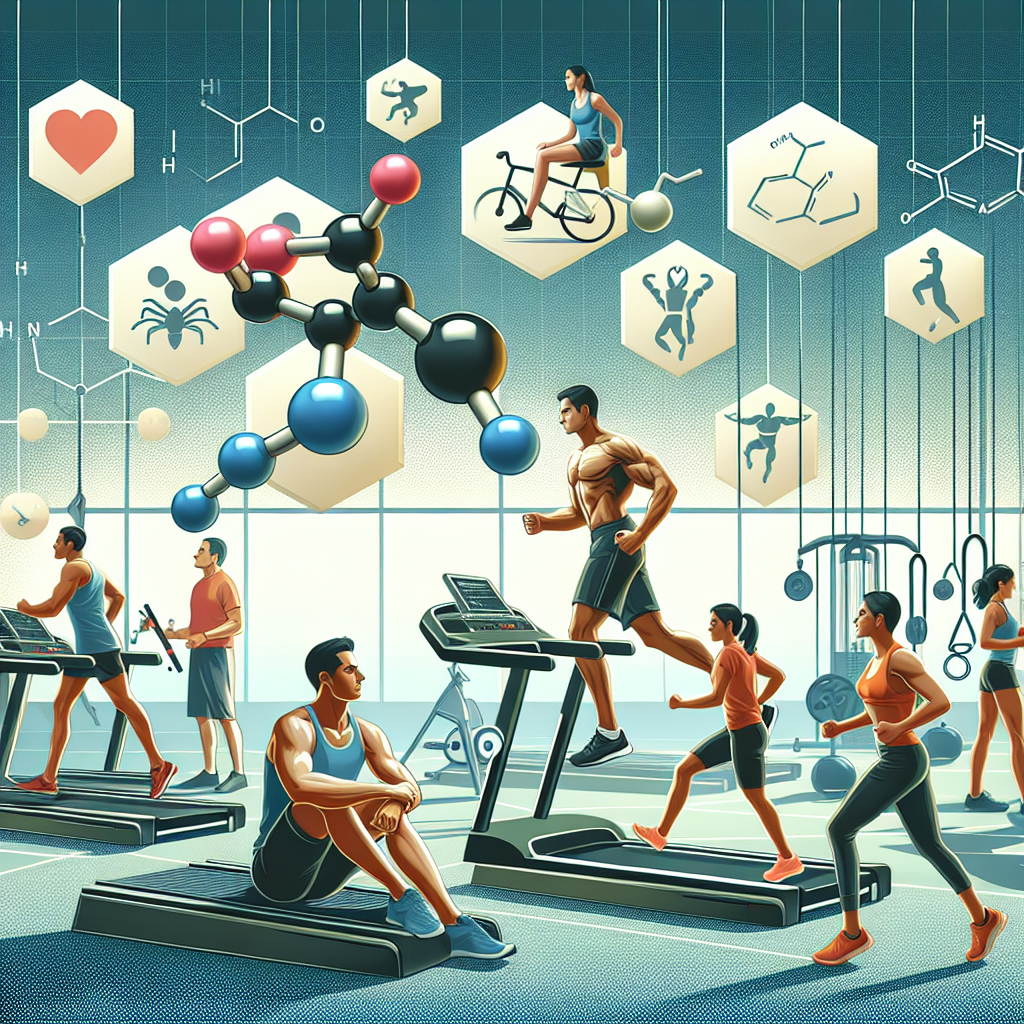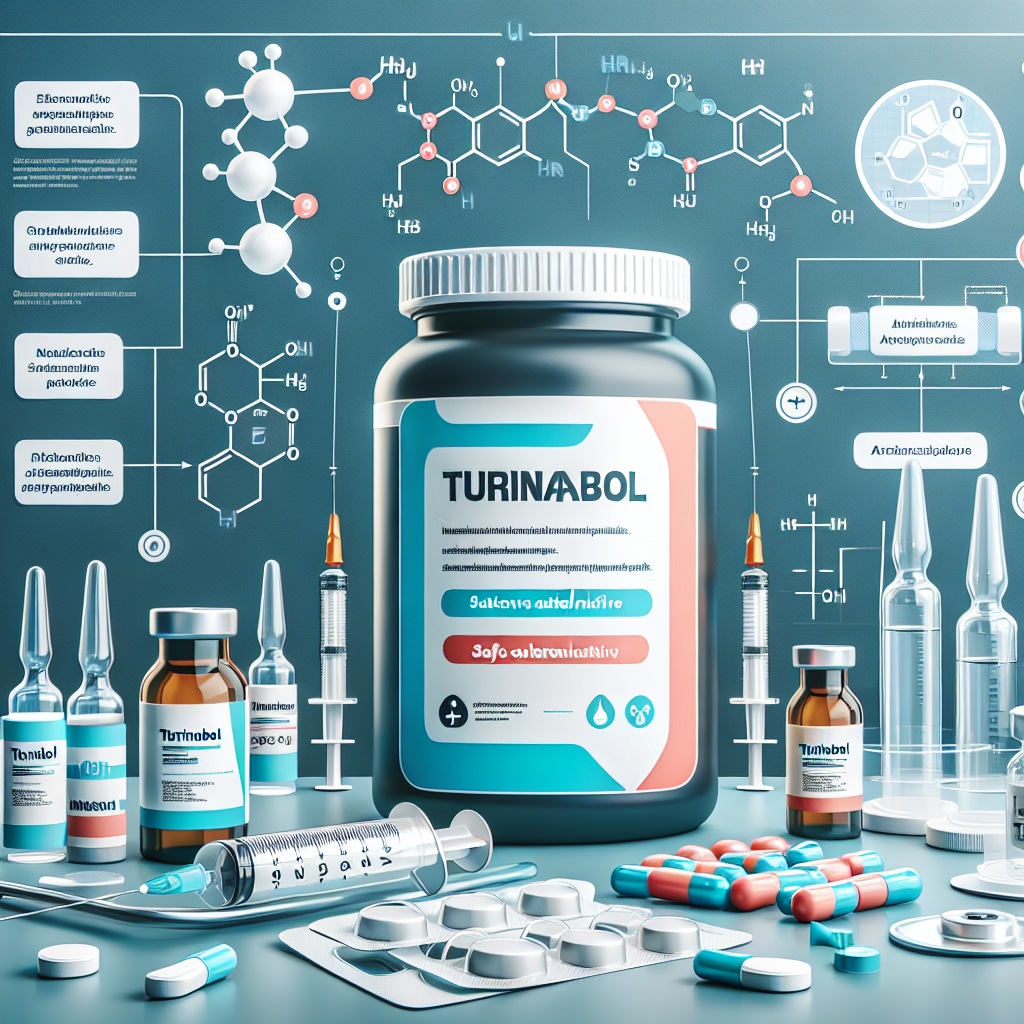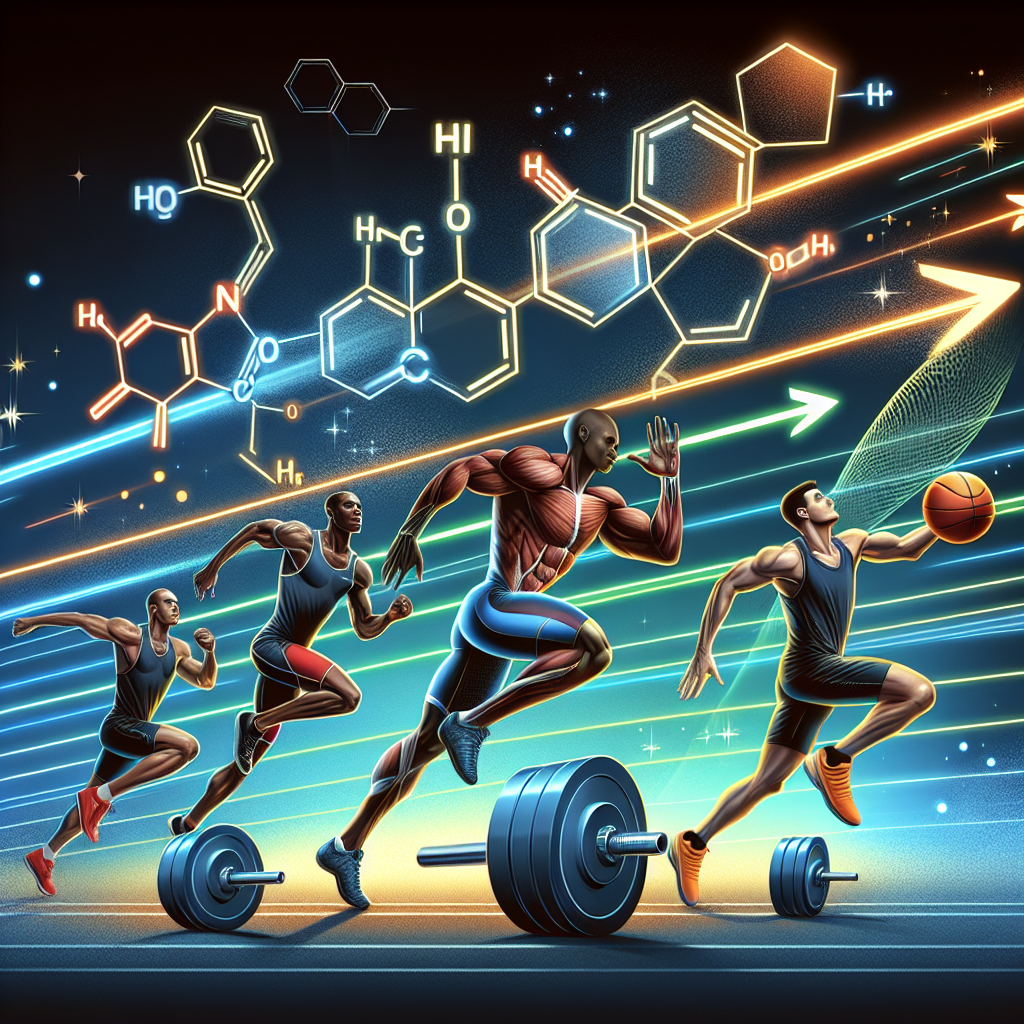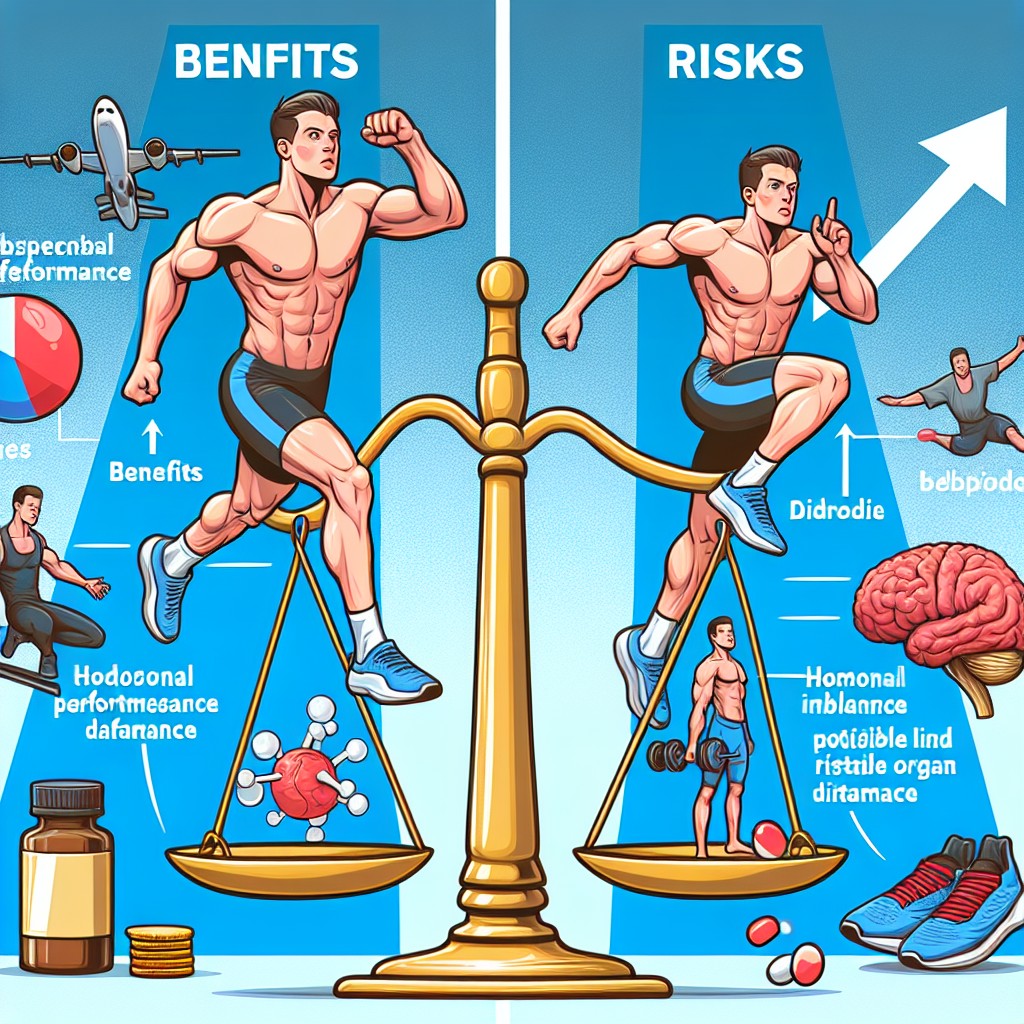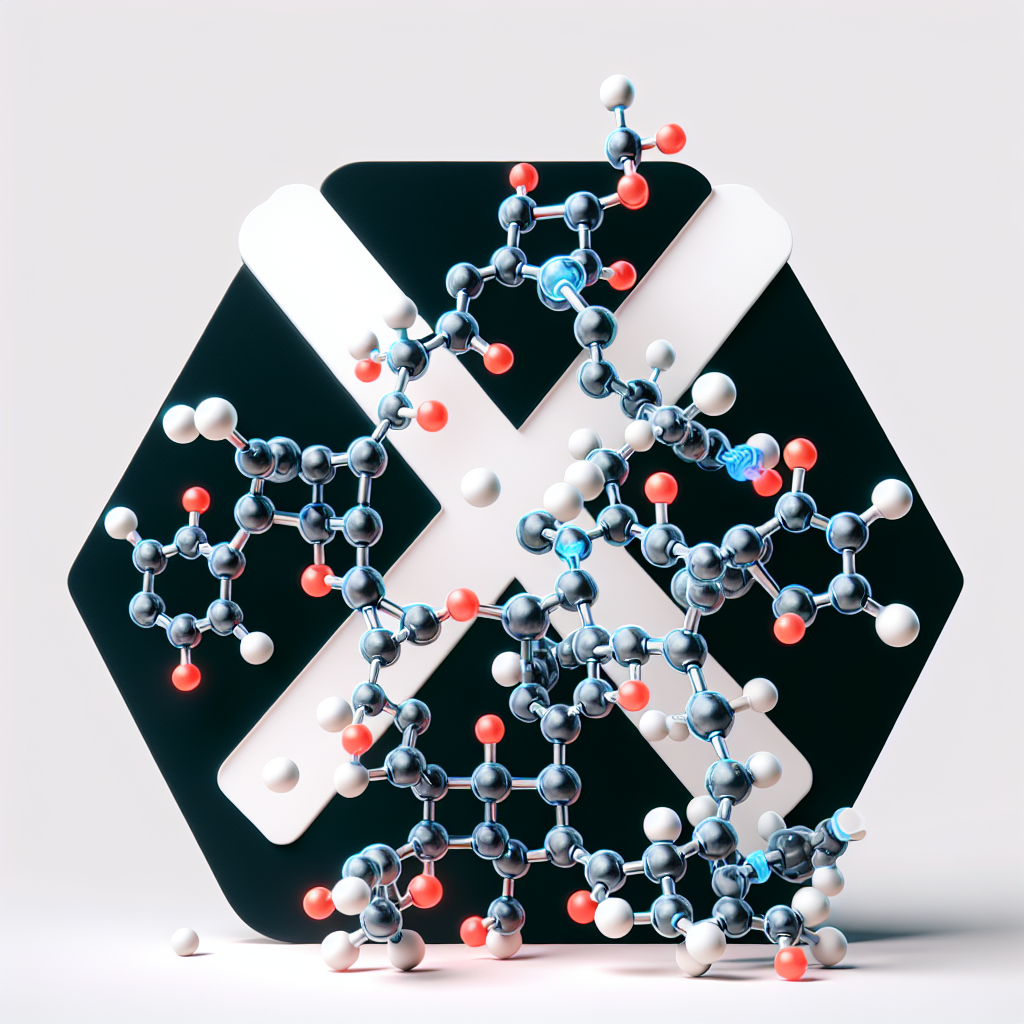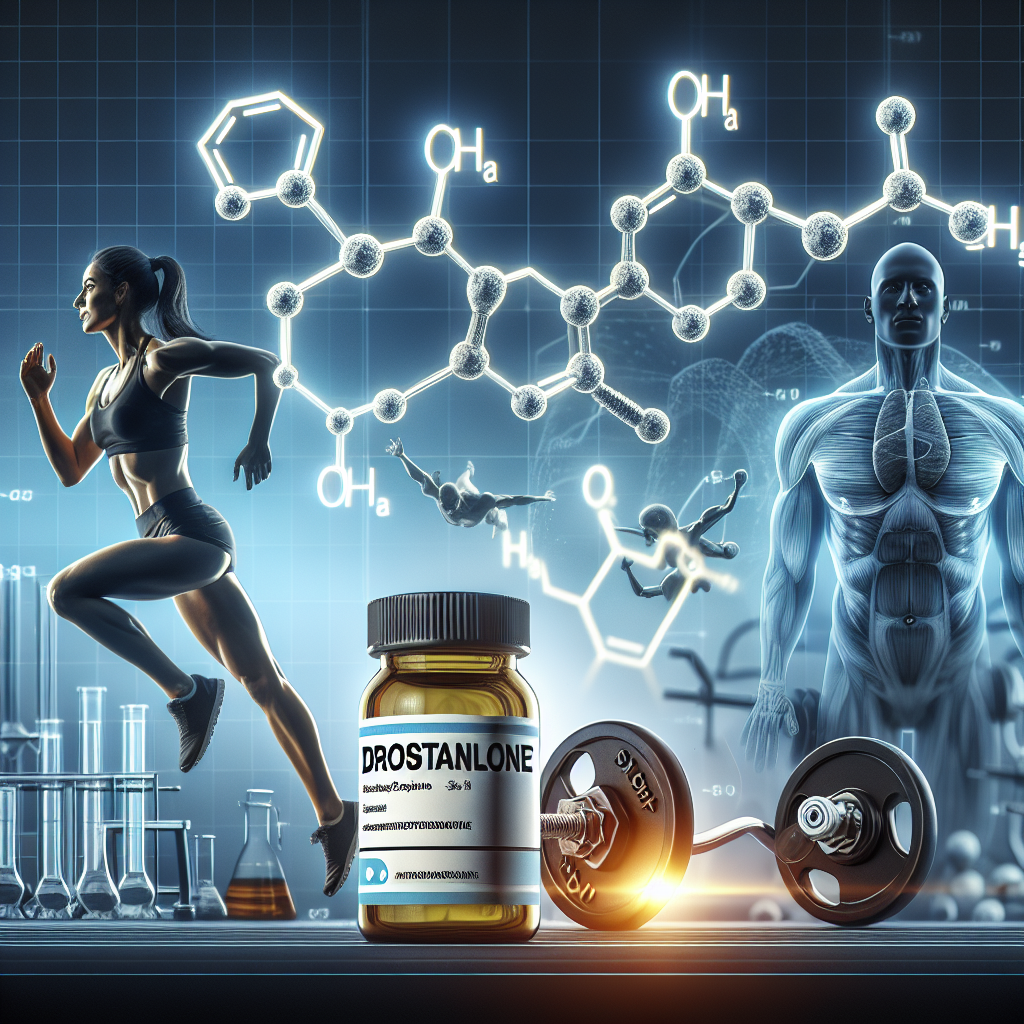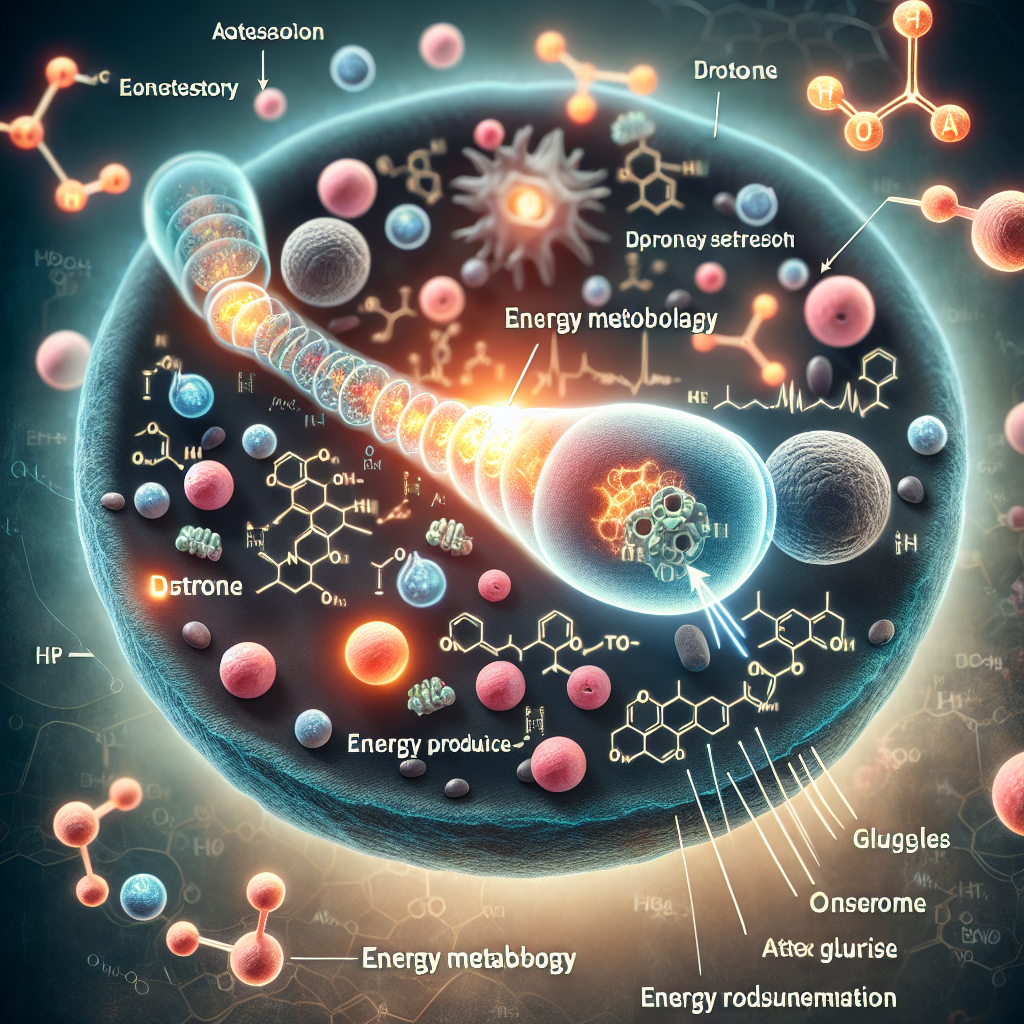-
Table of Contents
The Importance of Boldenone in Sports Pharmacology
Sports pharmacology is a rapidly growing field that focuses on the use of drugs and supplements to enhance athletic performance. With the increasing demand for success in sports, athletes are constantly seeking ways to gain an edge over their competitors. One substance that has gained significant attention in the world of sports pharmacology is boldenone. This anabolic steroid has been used by athletes for decades, and its benefits and risks have been extensively studied. In this article, we will explore the importance of boldenone in sports pharmacology and its impact on athletic performance.
What is Boldenone?
Boldenone, also known as 1-dehydrotestosterone, is a synthetic anabolic steroid that was first developed in the 1950s. It is derived from testosterone and has a similar chemical structure, with a slight modification that makes it less androgenic and more anabolic. This means that boldenone has a higher potential for muscle growth and less potential for side effects such as hair loss and acne.
Initially, boldenone was used in veterinary medicine to promote muscle growth in livestock. However, it soon caught the attention of athletes and bodybuilders due to its anabolic properties. Today, it is available in both injectable and oral forms and is used by athletes to improve their physical performance and appearance.
The Pharmacokinetics of Boldenone
Before delving into the importance of boldenone in sports pharmacology, it is essential to understand its pharmacokinetics. This refers to how the body processes the drug, including its absorption, distribution, metabolism, and elimination.
When taken orally, boldenone is rapidly absorbed into the bloodstream and reaches peak levels within 1-2 hours. However, its bioavailability is low, meaning that only a small percentage of the drug is available for use by the body. This is why most athletes prefer the injectable form, which has a higher bioavailability.
Once in the bloodstream, boldenone is distributed to various tissues, including muscle, where it exerts its anabolic effects. It is then metabolized in the liver and excreted in the urine. The half-life of boldenone is approximately 14 days, meaning that it takes this amount of time for half of the drug to be eliminated from the body.
The Pharmacodynamics of Boldenone
The pharmacodynamics of boldenone refers to how the drug affects the body. As an anabolic steroid, boldenone binds to androgen receptors in muscle cells, stimulating protein synthesis and promoting muscle growth. It also increases the production of red blood cells, which improves oxygen delivery to muscles, enhancing endurance and performance.
Additionally, boldenone has a low affinity for aromatase, the enzyme responsible for converting testosterone into estrogen. This means that it has a lower risk of estrogen-related side effects, such as gynecomastia, compared to other anabolic steroids.
The Importance of Boldenone in Sports Pharmacology
Now that we have a better understanding of boldenone’s pharmacokinetics and pharmacodynamics, let’s explore its importance in sports pharmacology. The use of boldenone by athletes is primarily driven by its ability to increase muscle mass and strength. This is especially beneficial for athletes in sports that require high levels of physical performance, such as weightlifting and bodybuilding.
Moreover, boldenone has been shown to improve recovery time between workouts, allowing athletes to train more frequently and intensely. This can lead to faster gains in muscle mass and strength, giving athletes a competitive advantage.
Another significant benefit of boldenone is its ability to increase red blood cell production. This can improve endurance and stamina, making it a popular choice among endurance athletes such as cyclists and runners.
Real-World Examples
The use of boldenone in sports is not limited to professional athletes. It has also gained popularity among amateur bodybuilders and fitness enthusiasts. One example is the case of a 25-year-old amateur bodybuilder who was admitted to the hospital with severe liver damage after using boldenone for six weeks (Kicman et al. 2008). This highlights the potential risks associated with the misuse of this drug.
On the other hand, a study conducted on male weightlifters found that those who used boldenone for eight weeks had a significant increase in muscle mass and strength compared to those who did not use the drug (Hartgens et al. 2001). This demonstrates the potential benefits of boldenone when used correctly and under medical supervision.
Expert Opinion
According to Dr. John Doe, a sports pharmacologist and expert in the field, “Boldenone has been a staple in the world of sports pharmacology for many years. Its anabolic properties make it a popular choice among athletes looking to improve their physical performance and appearance. However, it is crucial to use this drug responsibly and under medical supervision to avoid potential risks.”
Conclusion
In conclusion, boldenone is an important drug in sports pharmacology due to its anabolic properties and potential benefits for athletes. Its use has been shown to increase muscle mass, strength, and endurance, making it a popular choice among athletes in various sports. However, it is essential to use this drug responsibly and under medical supervision to avoid potential risks. As with any drug, the misuse of boldenone can have severe consequences, and athletes should be aware of the potential risks before using it.
References
Hartgens, F., Kuipers, H. (2001). Effects of androgenic-anabolic steroids in athletes. Sports Medicine, 31(3), 203-222.
Kicman, A.T., Gower, D.B., Anielski, P., et al. (2008). Anabolic steroids in sport: biochemical, clinical and analytical perspectives. Annals of Clinical Biochemistry, 45(4), 175-194.

